Reptiles can make fascinating pets for children, offering a unique opportunity to learn about different species, their habitats, and responsible pet ownership. Unlike traditional furry companions, reptiles provide a distinctive experience that combines science education with the joys of animal care. However, not all reptilian friends are suitable for young keepers. While some species are relatively low-maintenance and docile, others require specialized care or pose potential health and safety concerns that make them inappropriate for children. This comprehensive guide will help you navigate the world of reptiles to find the perfect scaly companion for your child while avoiding species that might be too challenging or dangerous.
Understanding the Responsibility of Reptile Ownership
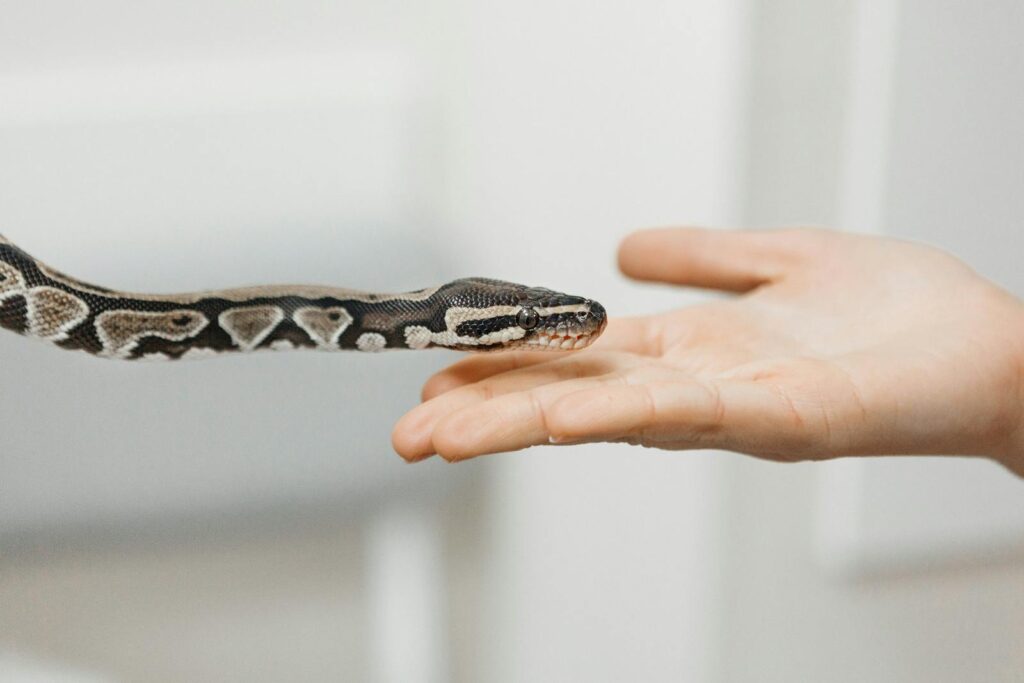
Before bringing any reptile into your home, it’s crucial to understand that these animals require specific care that differs significantly from mammals like cats and dogs. Most reptiles need carefully controlled environments with precise temperature gradients, specialized lighting that mimics natural sunlight, and specific humidity levels. These requirements mean investing in proper equipment such as terrariums, heat sources, UVB lighting, and often hygiene protocols to prevent salmonella exposure. Additionally, reptiles can have surprisingly long lifespans—many living 10-20 years or more—making them a long-term commitment rather than a passing interest. Parents should be prepared to supervise and potentially take over care responsibilities when children lose interest or are unable to maintain proper husbandry.
Bearded Dragons: The Friendly Starter Reptile
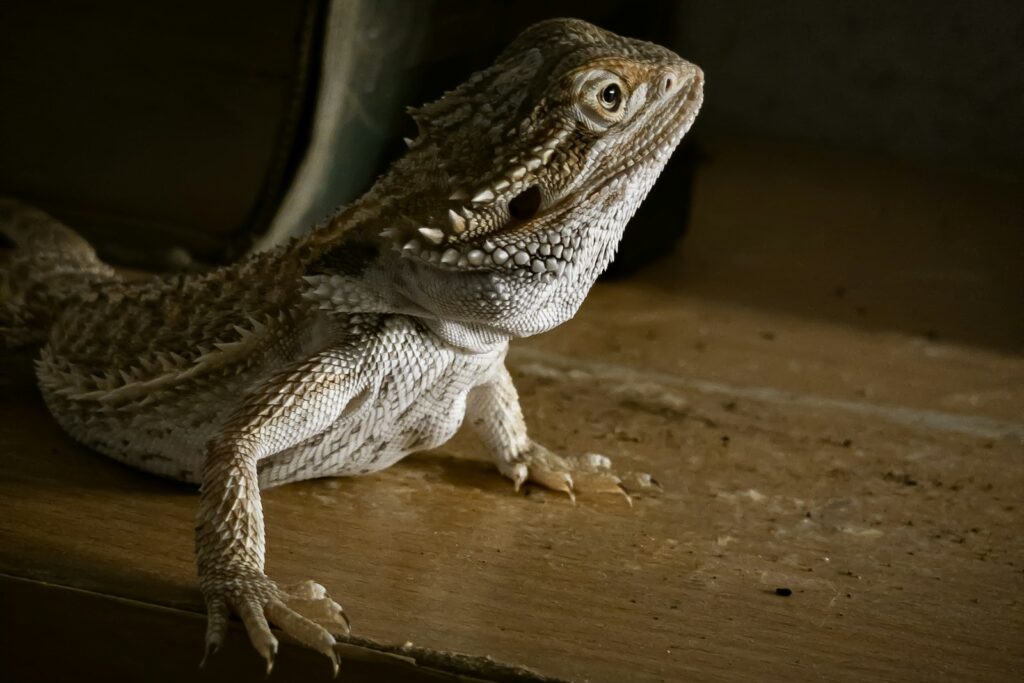
Bearded dragons consistently rank among the best reptiles for children due to their generally calm temperament and relatively straightforward care requirements. These Australian lizards typically grow to about 24 inches in length and are known for their social behaviors, often recognizing their keepers and enjoying gentle handling when properly acclimated. Their omnivorous diet includes insects like crickets and mealworms along with various vegetables and fruits, making feeding time educational and engaging for children. Bearded dragons also exhibit fascinating behaviors, such as arm-waving and head-bobbing, that children find entertaining. While they do require UVB lighting and proper temperature gradients, their care routine becomes manageable once the habitat is properly established.
Leopard Geckos: Low-Maintenance Nocturnal Companions
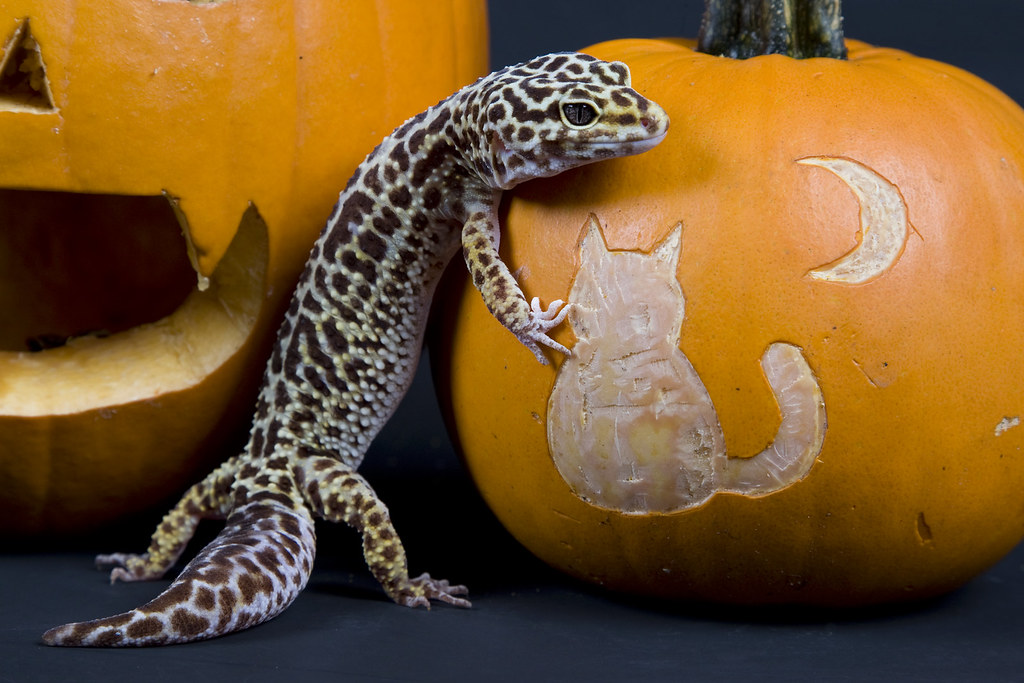
Leopard geckos make excellent pets for children due to their manageable size (8-10 inches) and docile nature that typically tolerates gentle handling. Unlike many reptiles, leopard geckos don’t require UVB lighting, simplifying their setup compared to species with more complex lighting requirements. These nocturnal creatures are insectivores, eating primarily crickets and mealworms that can be easily purchased at pet stores or even raised at home as an additional learning experience. Their distinctive appearance—with spotted patterns, expressive eyes, and the endearing habit of “smiling”—appeals to children and adults alike. Leopard geckos also have relatively long lifespans of 10-20 years in captivity, allowing for a lasting bond while teaching children about long-term commitment.
Corn Snakes: Colorful and Gentle Serpents

Corn snakes stand out as one of the most suitable snake species for children due to their manageable size, docile temperament, and straightforward care requirements. Typically growing to 3-5 feet in length, these North American constrictors are colorful, non-venomous, and generally gentle when handled regularly. Their feeding routine is uncomplicated, requiring appropriately-sized frozen/thawed mice once every 7-10 days, which eliminates the need for frequent feedings. Corn snakes don’t require specialized UVB lighting, making their habitat setup less complex than many lizard species. Available in numerous color morphs from bright oranges to pastel pinks and snowy whites, these snakes offer visual appeal while teaching children about genetics and color inheritance patterns.
Ball Pythons: The Gentle Giants
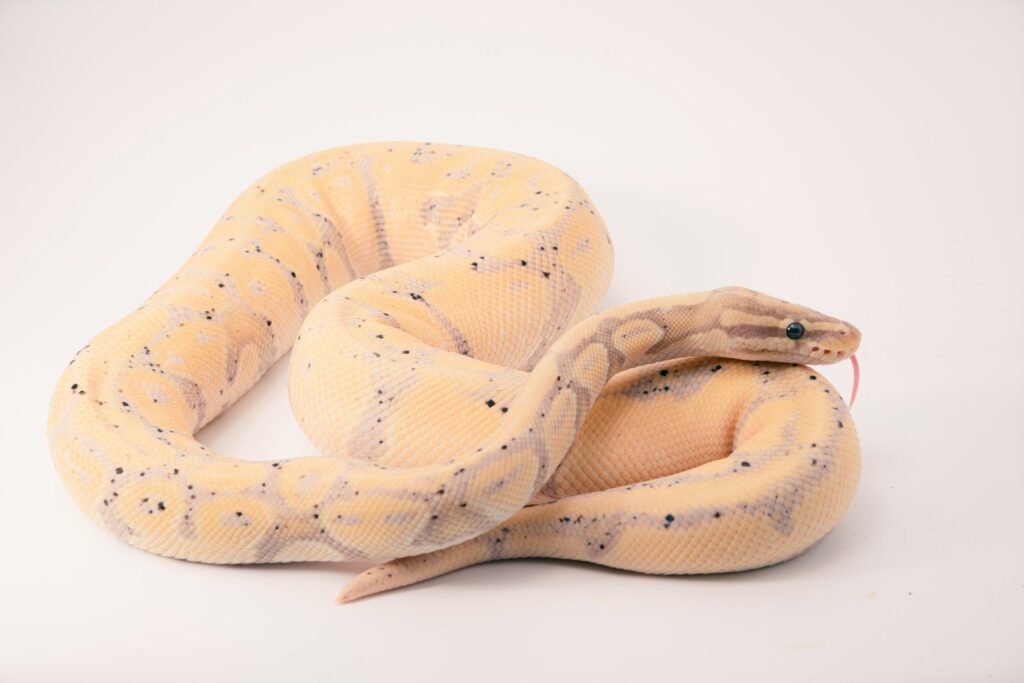
Ball pythons have earned their reputation as one of the most docile snake species, making them suitable for responsible older children and teenagers who can manage their slightly larger size. These snakes derive their name from their defensive behavior of rolling into a ball when threatened, rather than striking aggressively like some other species. With proper handling, ball pythons become remarkably tame and can be excellent, calm reptilian companions that rarely bite. Their care requirements include maintaining proper temperature gradients and humidity levels, but they don’t require UVB lighting like many lizard species. Ball pythons are relatively long-lived, often surviving 20-30 years in captivity, making them a commitment that extends well into a child’s adulthood—an important consideration for parents.
Blue-Tongued Skinks: Personable Lizards with Character
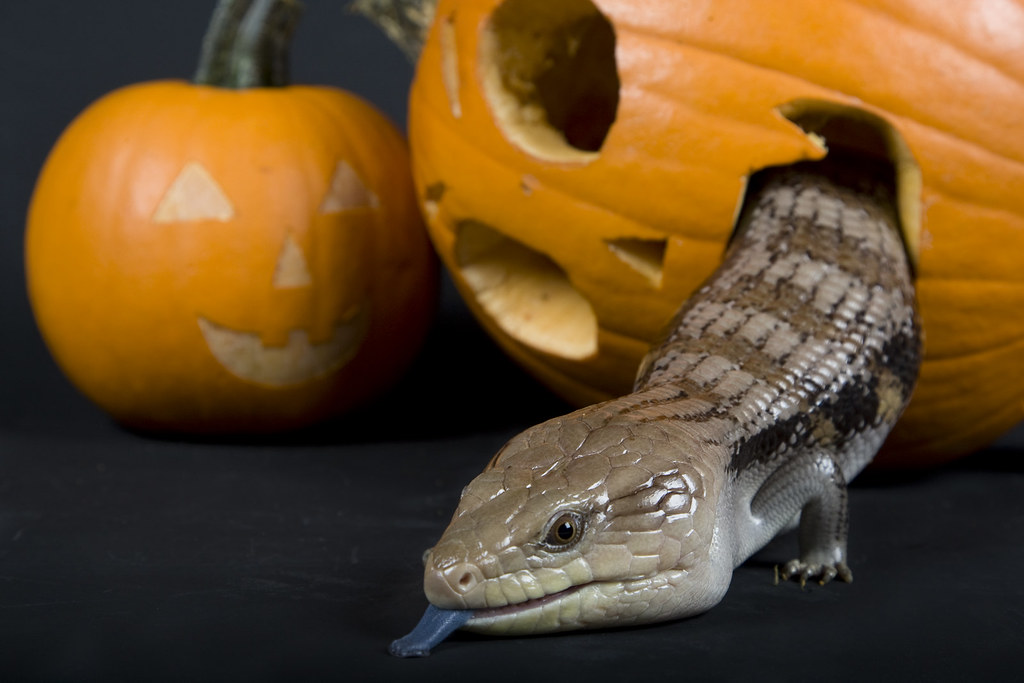
Blue-tongued skinks make wonderful reptile companions for children due to their docile nature, engaging personalities, and omnivorous diet that mirrors human food diversity. These Australian lizards are known for their distinctive blue tongues, which they display when feeling threatened—a harmless defense mechanism that fascinates children. Growing to 18-24 inches in length, blue-tongued skinks have robust bodies that are easy for children to handle safely without fear of injury to the animal. Their diet includes a mix of protein sources, vegetables, fruits, and commercial reptile foods, allowing children to learn about balanced nutrition by preparing varied meals. Blue-tongued skinks are diurnal (active during daylight hours), meaning children can observe and interact with them during their own active periods rather than missing the behaviors of nocturnal species.
Crested Geckos: Arboreal Pets with Personality

Crested geckos have surged in popularity as reptile pets due to their relatively simple care requirements and engaging personalities. These New Caledonian reptiles don’t require live insects for feeding, as they thrive on commercially available powder diets mixed with water—a significant advantage for families concerned about keeping crickets or other feeder insects in the home. Their distinctive appearance, featuring a “crest” of skin that runs from eye to eye and their ability to change color slightly based on mood and temperature, captivates children’s attention. Crested geckos are arboreal (tree-dwelling), requiring vertical space rather than floor space in their enclosures, which often allows for more decorative and naturalistic setups that children enjoy designing. Their sticky toe pads enable them to climb glass and other smooth surfaces, demonstrating fascinating adaptations that provide educational value.
Russian Tortoises: Long-lived Herbivore Companions
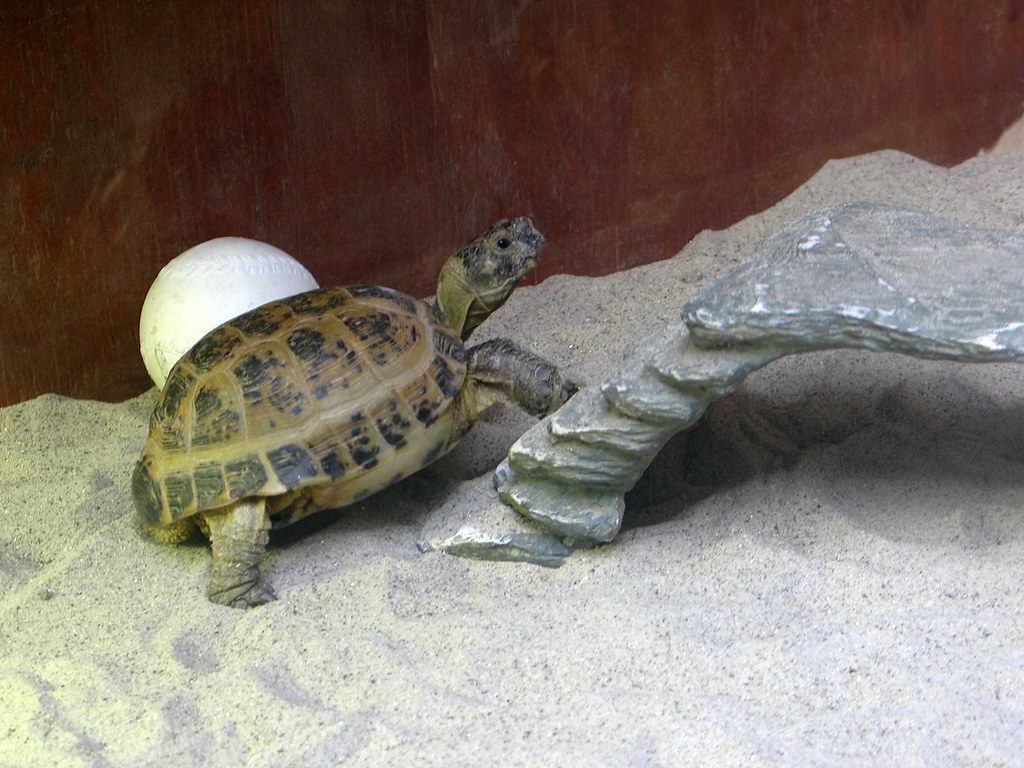
Russian tortoises offer children the opportunity to care for a reptile with a potentially very long lifespan, teaching responsibility and long-term commitment. These relatively small tortoises (6-10 inches when full-grown) are primarily herbivorous, consuming a diet of leafy greens, vegetables, and some commercially available tortoise foods that align with their natural nutritional needs. Unlike many reptiles that require highly controlled environments, Russian tortoises can spend time outdoors in supervised settings when weather permits, allowing for a more interactive experience beyond the confines of a terrarium. Their personable nature and curious behaviors make them engaging pets that often recognize their keepers and show distinct personalities over time. However, parents should understand that with proper care, these tortoises can live 40+ years, meaning they may become multi-generational family pets.
Reptiles to Avoid: Green Iguanas
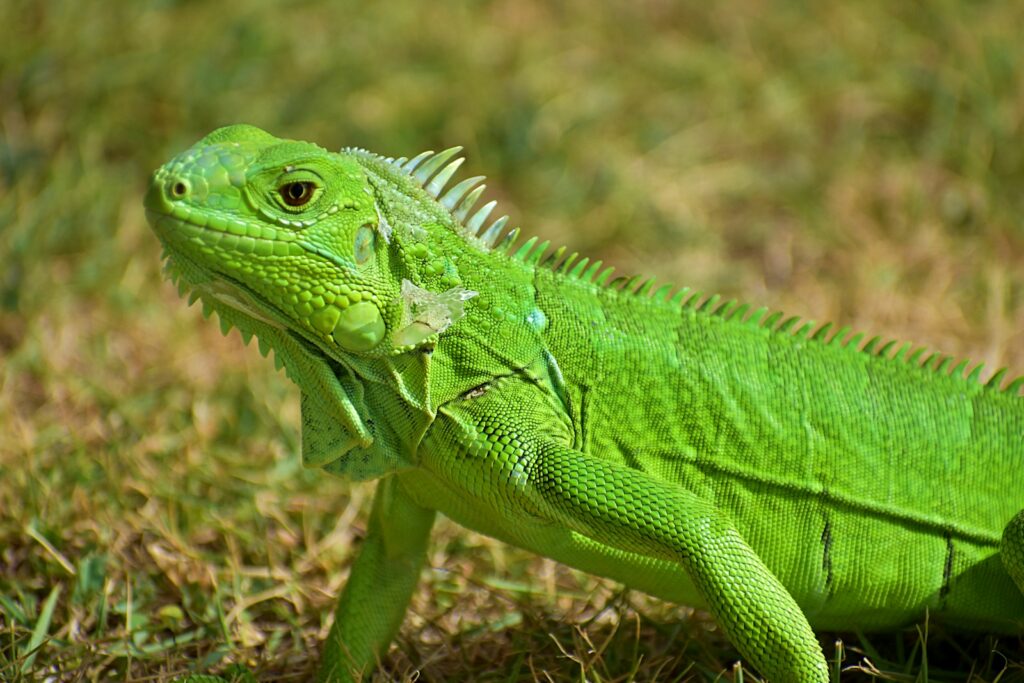
Despite their popularity and frequent presence in pet stores, green iguanas are generally unsuitable pets for children due to several significant challenges. These lizards grow extremely large—often exceeding 6 feet in length including their tail—requiring enclosures the size of small rooms rather than conventional terrariums as they mature. Male iguanas frequently become territorial and aggressive during breeding season, capable of inflicting serious injuries with their sharp claws, powerful tails, and bite force. Their care requirements are extraordinarily demanding, including precise temperature gradients, high humidity levels, and specialized UVB lighting to prevent metabolic bone disease. Additionally, their purely herbivorous diet requires careful balancing of calcium and phosphorus ratios across a diverse selection of leafy greens and vegetables, making daily food preparation time-consuming and knowledge-intensive.
Reptiles to Avoid: Chameleons

Chameleons, while fascinatingly beautiful with their color-changing abilities and unique physical adaptations, are among the most challenging reptiles to keep successfully and generally inappropriate for children. These specialized reptiles are extremely sensitive to stress, often becoming ill when handled regularly, which contradicts children’s natural desire to interact with their pets. Chameleons require complex habitats with specific airflow patterns, humidity cycles that change throughout the day, and intense UVB lighting arrangements that can be difficult even for experienced keepers to maintain properly. Their hydration needs are particularly demanding, as most species will only drink water droplets from leaves or running water systems rather than from standing water dishes. Furthermore, chameleons typically have shorter lifespans even under ideal conditions—often just 2-3 years for some common species like veiled chameleons—which can lead to emotional distress for children when their pet’s naturally short life concludes.
Reptiles to Avoid: Venomous Species
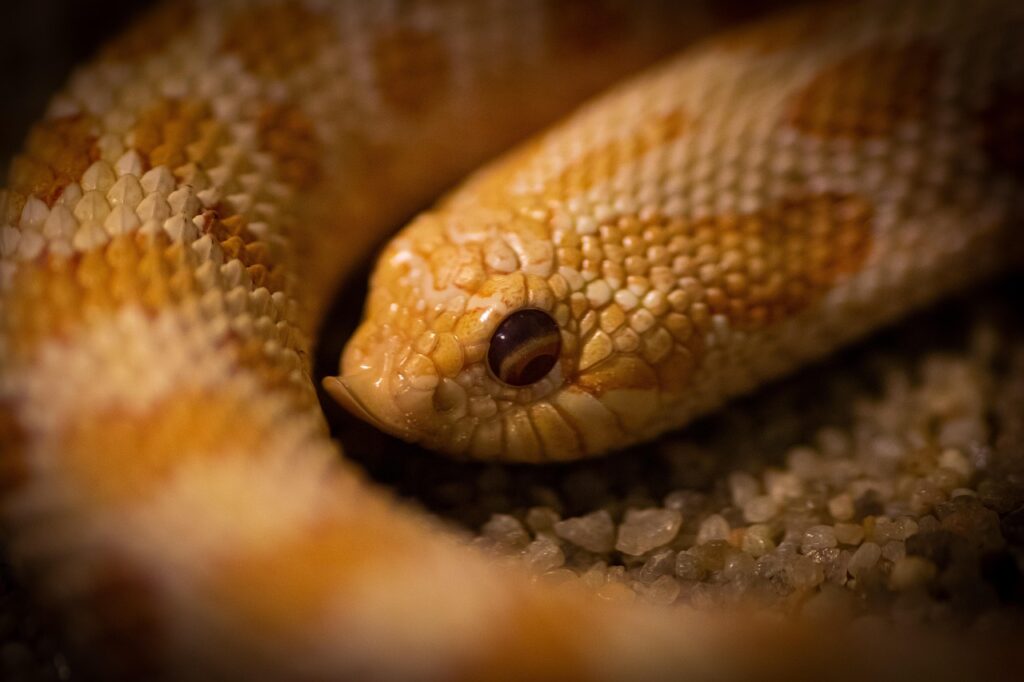
Venomous reptiles, including rear-fanged species that are sometimes misrepresented as “harmless” in the pet trade, should be absolutely avoided in households with children. Species such as hognose snakes, mangrove snakes, and false water cobras possess modified venom delivery systems that, while less efficient than front-fanged venomous snakes, can still cause medical emergencies, especially in smaller individuals like children. Even experienced adult handlers have been envenomated by these species, highlighting the significant risk they pose in family environments. Beyond the obvious dangers of truly venomous species like rattlesnakes and cobras (which are illegal to keep as pets in most jurisdictions), many localities have strict regulations regarding the keeping of any venomous reptiles that carry serious legal consequences for violations. The medical expertise required to respond to potential envenomation incidents is specialized and often unavailable at local hospitals, creating life-threatening situations that no responsible parent would want to risk.
Reptiles to Avoid: Large Constrictors

Large constrictor snakes, including Burmese pythons, reticulated pythons, anacondas, and even some larger boa constrictors, represent an unacceptable safety risk in homes with children and should never be considered appropriate pets. These massive reptiles can grow to lengths exceeding 15-20 feet and weights surpassing 200 pounds, requiring multiple adult handlers for safe management during cleaning and care routines. Tragically, there have been documented fatalities involving children and adults from pet constrictor snakes, highlighting the genuine danger they represent even to experienced keepers. The strength of these animals is easily underestimated—a large python can exert pressure equivalent to having several adults lying on your chest, making it impossible for a child or even a single adult to escape if the snake constricts. Additionally, the specialized housing requirements for these giants include custom-built enclosures that are expensive, space-consuming, and must be escape-proof to prevent potentially dangerous situations for family members and neighbors.
Creating Safe and Educational Reptile Experiences

The most successful reptile-keeping experiences for children combine appropriate species selection with parental involvement and educational enrichment. Before bringing any reptile home, visit reptile-specific expos or specialty stores with knowledgeable staff who can demonstrate proper handling techniques and discuss realistic care requirements beyond the basic starter kit. Establish clear care routines that include child-appropriate tasks while reserving more complex aspects like temperature management for parental oversight. Consider complementing the pet ownership experience with age-appropriate books, documentaries, or even virtual field trips to natural habitats where these reptiles originate. Membership in herpetological societies or online forums can provide ongoing support and learning opportunities as your child’s interest develops. Remember that the goal extends beyond simply keeping a pet alive—it’s about fostering respect for wildlife, understanding biological adaptations, and developing responsibility that can translate to other areas of life.
Health Considerations When Keeping Reptiles
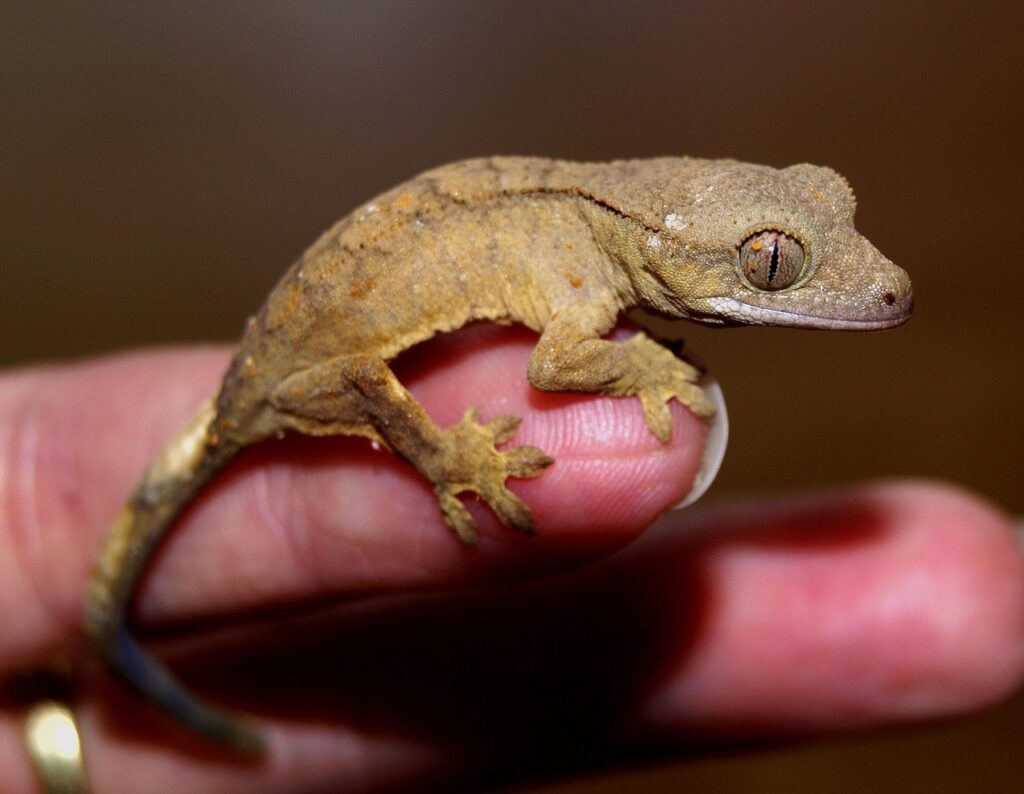
When introducing reptiles into a household with children, certain health precautions become essential family practices. All reptiles potentially carry Salmonella bacteria, which can cause serious illness particularly in young children, the elderly, or those with compromised immune systems. Establishing strict hand-washing protocols after every reptile or habitat interaction is non-negotiable—using warm water and soap for at least 20 seconds, similar to COVID-19 handwashing recommendations. Designate specific areas for reptile handling away from food preparation surfaces, and never allow reptiles in kitchens, dining areas, or anywhere food is consumed. For households with children under five years old, pregnant women, elderly family members, or immunocompromised individuals, consult with healthcare providers before introducing a reptile, as these groups face elevated risks from zoonotic diseases. Regular veterinary care from an experienced reptile veterinarian (not all vets treat exotic pets) is also crucial for maintaining both the reptile’s health and protecting family members from potential illness.
Finding the right reptilian companion for your child involves balancing their interest and maturity level with species-appropriate care requirements. The best choices—like bearded dragons, leopard geckos, and corn snakes—offer relatively straightforward care while providing fascinating behaviors and interactive potential. By avoiding unsuitable species like green iguanas, chameleons, and any venomous or large constrictor snakes, you protect both your child and the reptile from potentially dangerous or unsuccessful pet-keeping experiences. With proper research, preparation, and ongoing parental guidance, reptile keeping can become a rewarding hobby that fosters responsibility, scientific curiosity, and a lifelong appreciation for the remarkable diversity of the animal kingdom.




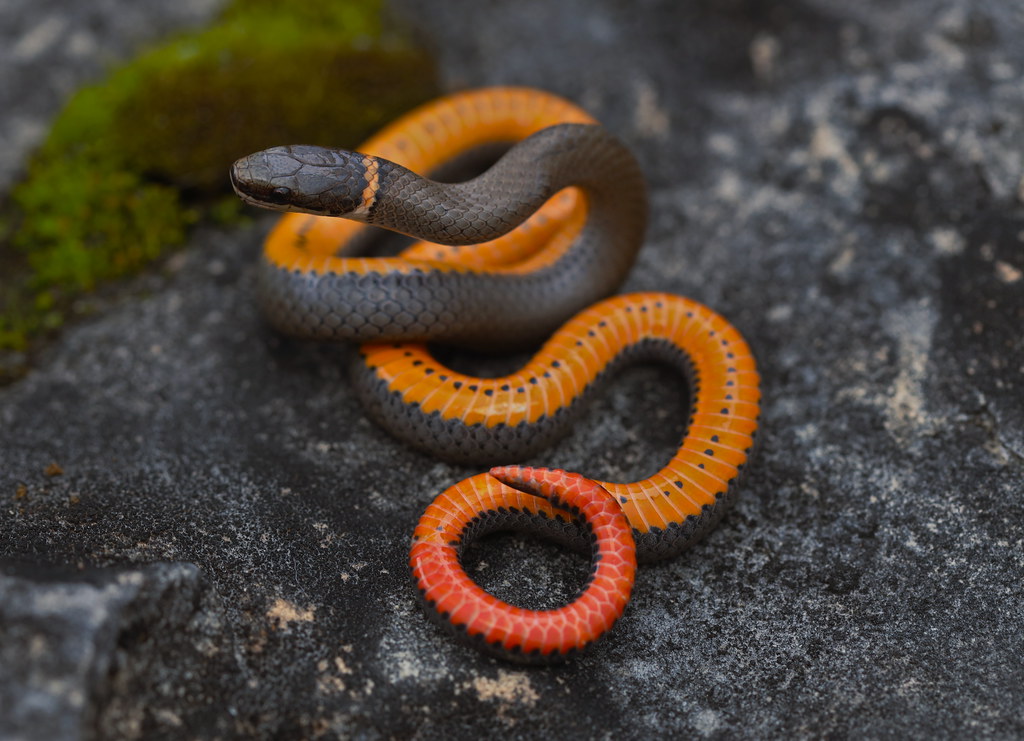



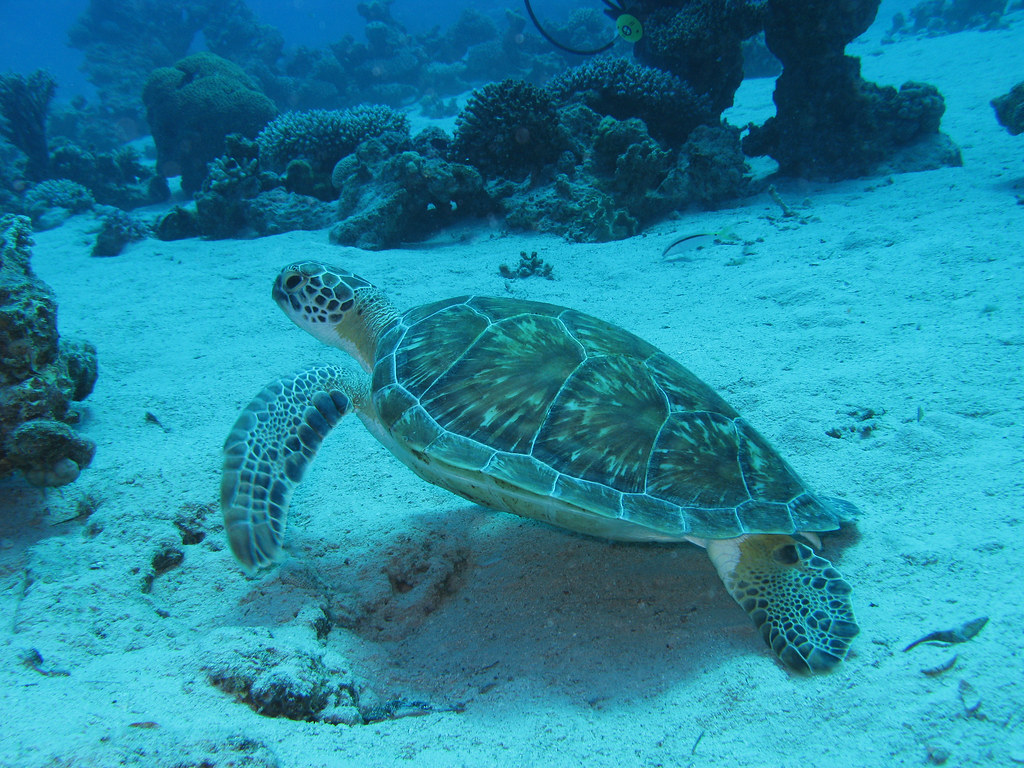

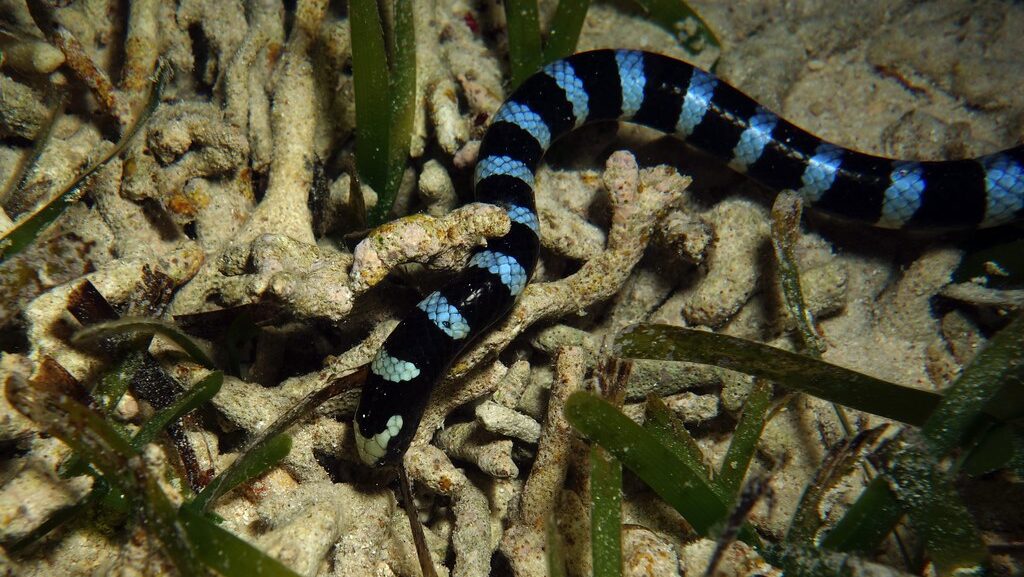



Leave a Reply